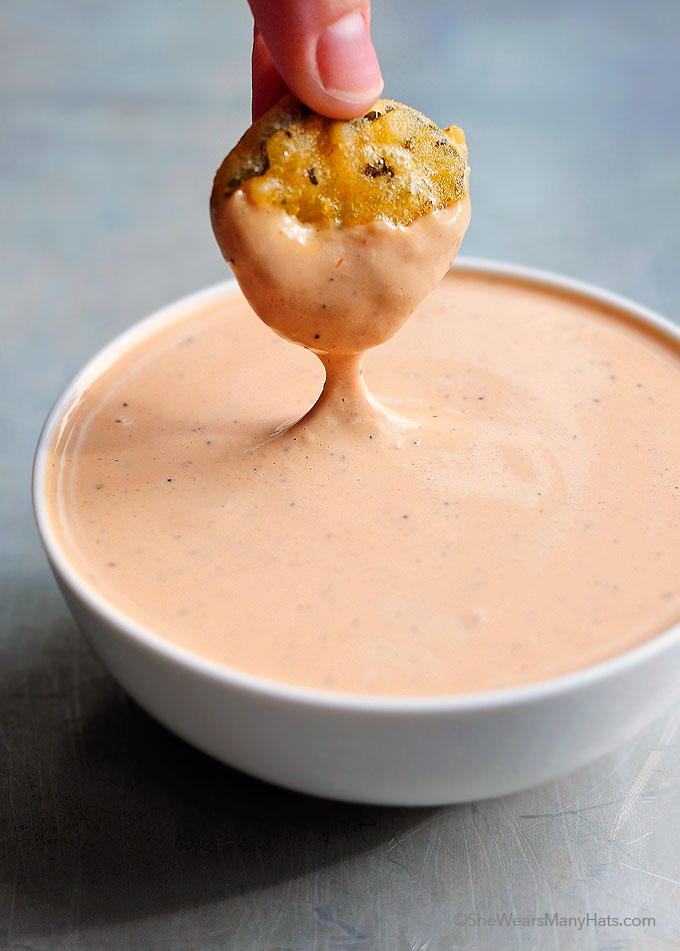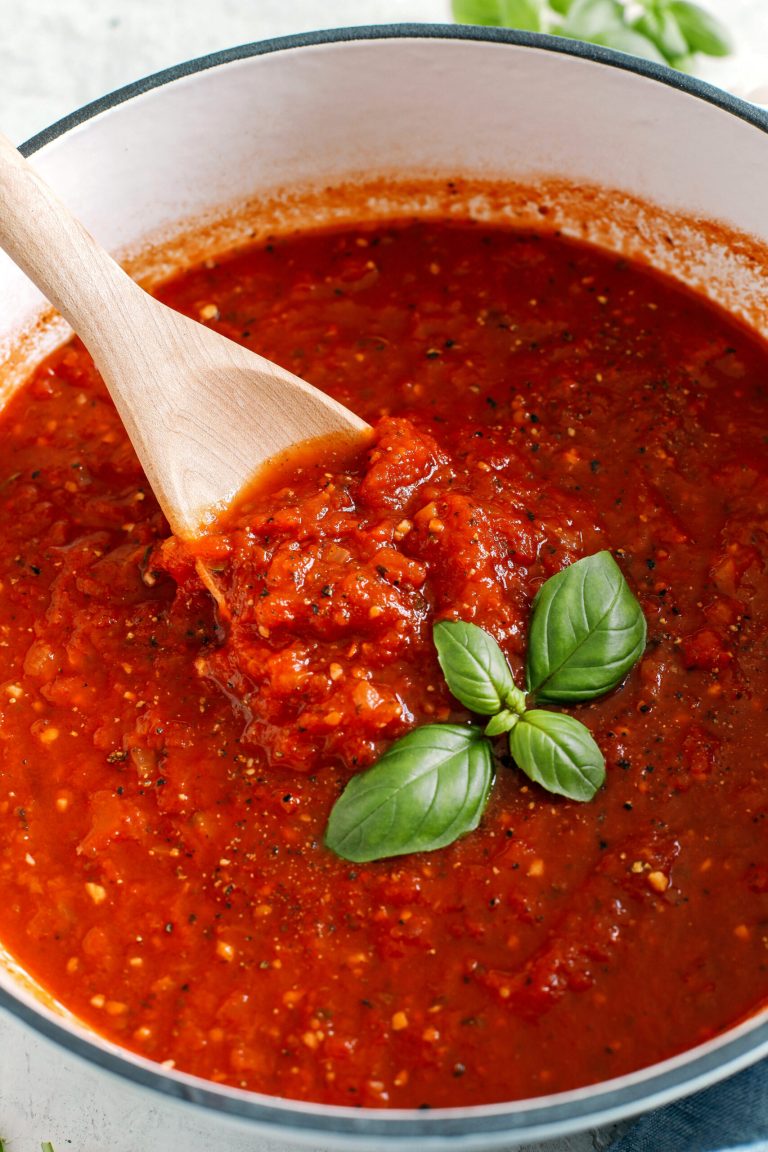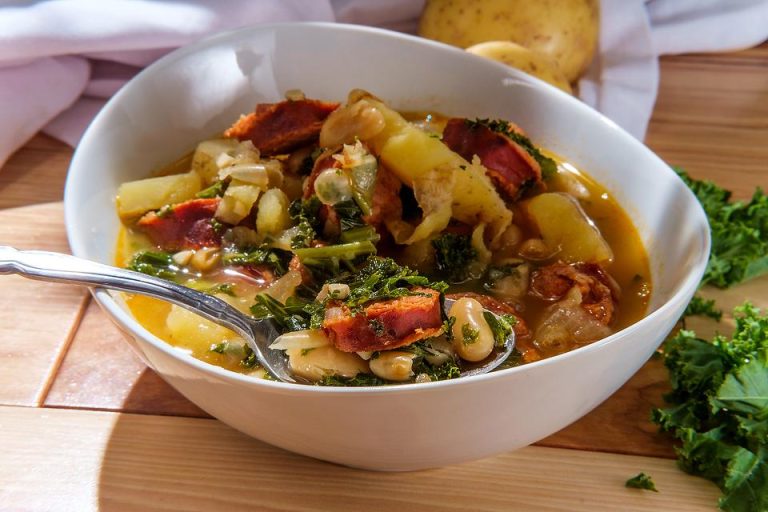Dipping Sauce: Origins, Ingredients, and Health Benefits Explained
Hot and sweet dipping sauces have roots in various cultures. In Asian cuisines, sauces often blend heat from chili peppers with the sweetness of sugar or honey. For example, Thai cuisine uses a blend of red chilies, garlic, and vinegar sweetened with sugar. In Latin American dishes, hot and sweet flavors come from ingredients like chipotle and pineapple. These sauces have not only regional popularity but also influence global culinary practices.
Flavor Profiles and Ingredients
The balance of flavors defines hot and sweet dipping sauces. The heat usually comes from ingredients like chili peppers, sriracha, or hot sauce. Common sources of sweetness include sugar, honey, or fruit preserves. Additional flavors often feature garlic, vinegar, and soy sauce for complexity.
Popular combinations include:
- Asian Style: Red chilies, rice vinegar, garlic, and sugar.
- Latin Style: Chipotle peppers, pineapple, and brown sugar.
- American Fusion: Hot sauce, honey, and soy sauce.
Explore different variations to find the perfect balance that complements your favorite dishes.
Key Variations of Hot and Sweet Dipping Sauce
Popular Brands and Homemade Recipes
Several brands stand out in the market for their hot and sweet dipping sauces. Mae Ploy offers a Thai-style dipping sauce known for its consistency and balance of heat and sweetness. Frank’s RedHot combines the classic spiciness of red pepper with a touch of sugar to create a versatile sauce. Trader Joe’s Sweet Chili Sauce is another favorite, blending garlic, red chili, and sweetness for a mild yet flavorful dip.
Homemade recipes allow you to control the ingredients and flavor profile. One common recipe involves mixing red chili flakes, honey, soy sauce, and rice vinegar. Another option combines sriracha, sugar, water, and cornstarch to create a thick, sweet, and spicy sauce. Adjusting the ratios of these ingredients lets you customize the heat and sweetness according to your taste.
Regional Differences and Influences
Different regions incorporate unique ingredients and techniques, leading to distinct variations. In Thailand, sauces often feature fresh red chili, garlic, and fish sauce, creating a robust, spicy, and sweet profile. Vietnamese variations might include rice vinegar and lemongrass, offering a fresher, more aromatic experience.
In Latin America, hot and sweet sauces often use ingredients like habanero peppers and tropical fruits such as mango or guava, resulting in a fruity, spicy combination. The American fusion style tends to blend ketchup or barbecue sauce with spices, brown sugar, and hot sauce, delivering a familiar yet spicy twist.
These regional influences and the versatility of hot and sweet dipping sauces encourage culinary experimentation, allowing you to find a variation that perfectly complements your preferred dishes.
Culinary Uses of Hot and Sweet Dipping Sauce
Common Pairings and Dishes
Hot and sweet dipping sauce pairs well with various dishes, offering a balance of heat and sweetness. Common pairings include:
- Spring Rolls: Enhance vegetable or shrimp spring rolls with a flavorful kick.
- Grilled Meats: Add depth to chicken, pork, or beef skewers by serving the sauce as a side.
- Fried Foods: Complement calamari, tempura, or chicken wings with a spicy-sweet dip.
- Seafood: Elevate shrimp cocktails, fish tacos, or crab cakes using this versatile sauce.
- Dim Sum: Offer a zesty contrast to dumplings, buns, and rolls commonly found in dim sum.
Creative Cooking Ideas
Experiment with hot and sweet dipping sauce in different culinary applications to uncover new dimensions:
- Glaze for Roasted Vegetables: Brush on carrots or Brussels sprouts before roasting to add a caramelized flavor profile.
- Stir-Fries: Incorporate into stir-fried vegetables or proteins for a bold twist.
- Salad Dressing: Mix with olive oil and lime juice to create a unique, tangy dressing.
- Marinade: Use as a marinade for tofu, chicken, or seafood to infuse sweet heat.
- Pizza Topping: Drizzle on top of pizzas featuring pineapple, ham, or spicy sausage for a tantalizing bite.
These creative uses empower you to enhance simple ingredients with layers of intricate flavors, making hot and sweet dipping sauce an essential addition to your culinary repertoire.
Health and Nutritional Considerations
Benefits of Spicy and Sweet Components
Hot and sweet dipping sauces often combine chili peppers and sugar or honey. Chili peppers contain capsaicin, which offers several health benefits. Capsaicin boosts metabolism by increasing thermogenesis and helps reduce appetite according to studies from the American Journal of Clinical Nutrition. Additionally, capsaicin has antioxidant properties that combat inflammation, enhancing cardiovascular health.
Honey, a common sweet component, provides essential nutrients like vitamins and antioxidants. It also has antimicrobial properties, promoting digestive health and aiding in wound healing as reported in research from the Journal of Medicinal Food. Consuming these components together balances the intense heat with sweetness, making the sauce not only flavorful but beneficial for your well-being.
Dietary Restrictions and Allergens
When considering dietary restrictions, it’s essential to examine the ingredients of hot and sweet dipping sauces. Many traditional recipes contain gluten and soy, common allergens. For gluten-free alternatives, using tamari or coconut aminos instead of soy sauce maintains the flavor without the gluten.
Nut allergies can also be a concern if sauces contain peanut oil or other nut-based ingredients. Opt for sauces made with alternative oils like olive or sunflower to avoid allergens. If you’re monitoring sugar intake, consider sauces sweetened with natural sugar substitutes such as stevia or monk fruit.
Vegans and vegetarians should check for animal-derived ingredients like fish sauce or honey. Substituting fish sauce with soy sauce or a vegan fish sauce alternative and using maple syrup instead of honey ensures the sauce fits plant-based diets. Always review ingredient lists or prepare your sauce at home to control what goes into it, ensuring it aligns with your dietary needs.
Conclusion
Exploring hot and sweet dipping sauces opens up a world of flavors that can elevate any dish. Whether you’re a fan of Asian, Latin, or American fusion styles, these sauces offer a perfect balance of heat and sweetness. With key ingredients like chili peppers, sriracha, and honey, you can create a sauce tailored to your taste.
If you have dietary restrictions or allergies, there are plenty of alternatives to ensure everyone can enjoy these delicious sauces. From gluten-free options to vegan adaptations, you can easily customize recipes to fit your needs. So go ahead and experiment with hot and sweet dipping sauces to add a burst of flavor to your meals.






